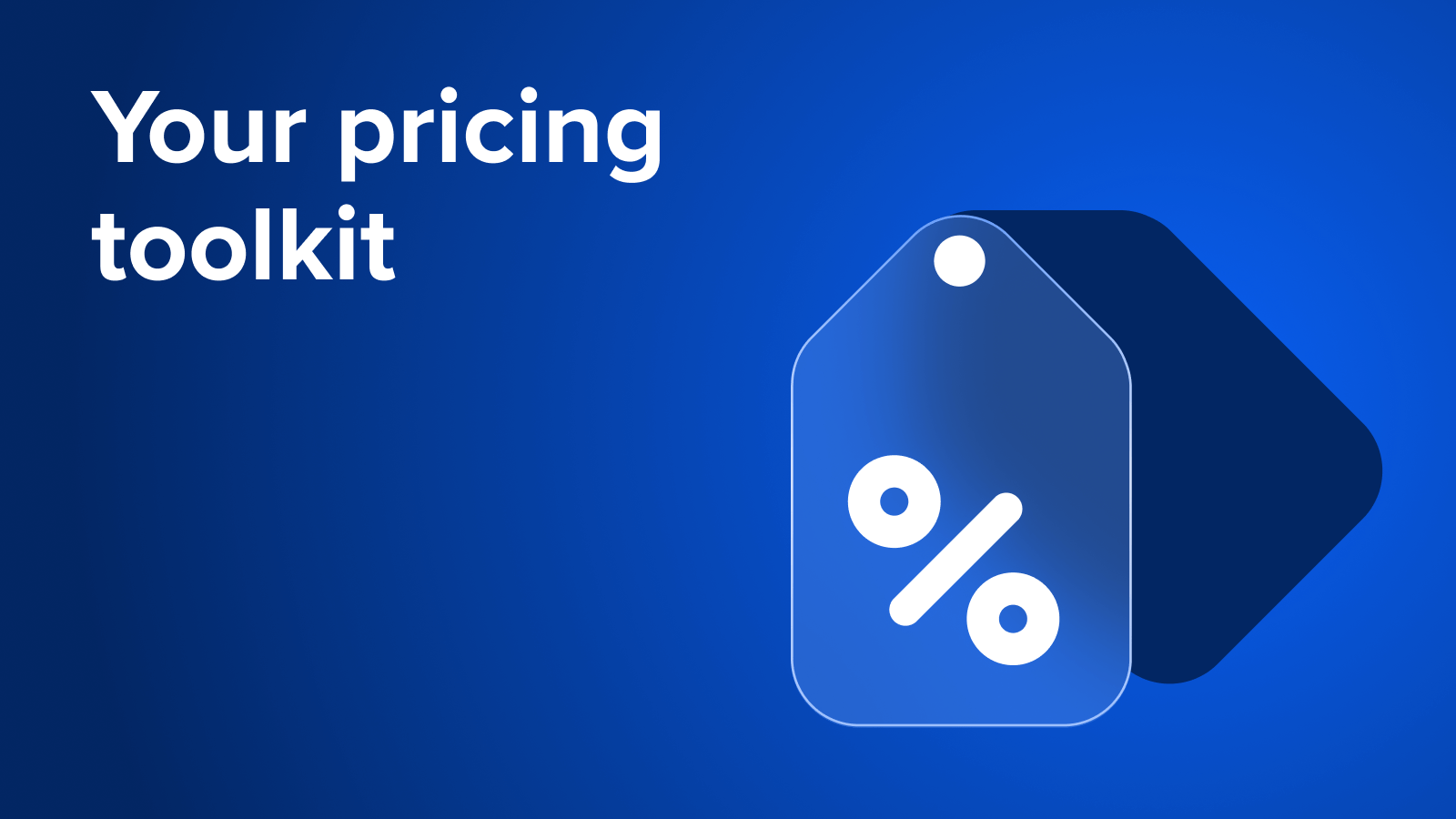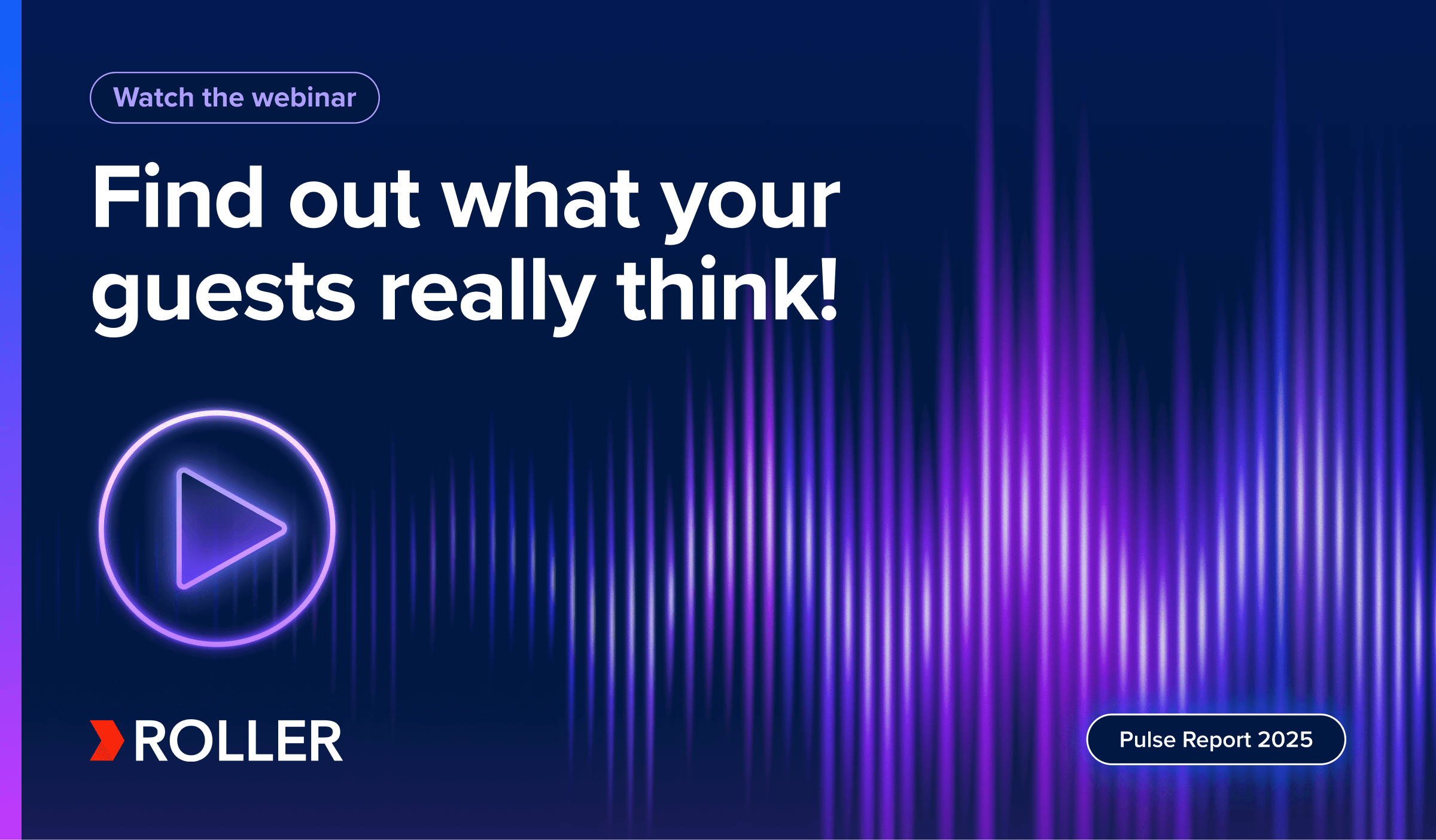Common Staffing Issues For Attractions (& How to Solve Them)

Your employee’s expectations have risen. Since the beginning of the pandemic, the hospitality, leisure, and attractions industries have suffered the biggest shakeup in history. In today’s market, it’s challenging to prove why someone should work in the attractions industry when they could drive for Uber or deliver for DoorDash and have more flexibility.
This article will help you solve this and other common staffing issues. We will provide several solutions you can implement in your venue that will save you money and allow you to enhance the guest experience.
PROBLEM 1: Demand for higher wages
Wage growth is happening everywhere. A team of ADP researchers recently surveyed the 53 largest metro areas in the U.S. (with more than 1 million residents) to see where salaried workers had seen the most significant gains between 2019 and 2021.
Among its findings, The Geography of Recent U.S. Wage Growth found salaried workers at every end of the spectrum ― high, median, and low ― saw a rise.
SOLUTION 1: Use intuitive venue management software for areas that don't need to be administered by staff
Take advantage of the number of resources that will improve the overall experience in areas that no longer need to be administered by a team member.
Some examples include:
- Collect guest feedback using a guest sentiment analysis tool
- Allow guests to check in by themselves using self-service kiosks
- Allow guests to use QR codes to check in, book, or sign waivers
- Make your memberships completely digital, so payments are automated
PROBLEM 2: Reduced staff numbers
The attractions industry is slowly but surely recovering from the effects of the pandemic.
The pandemic caused venues to close temporarily, but even when they were up and running again many venue operators found that they had less staff to run them.
SOLUTION 2: Upskill staff and use technology to create opportunities for guests to spend more before they arrive
When you have less staff, it is important that you spend time training and upskilling the staff you have so that they can focus on higher value guest interactions that increase guest satisfaction.
Automate upselling by incorporating it in your online checkout. This way, the bulk of guest purchases will already be made before your guest even enters your venue, and your staff don’t have to spend time on these tasks. As a result, your staff will have more time to create meaningful interactions and experiences with your guests.
Optimize your online checkout to upsell for you
As part of your online checkout, you should intuitively suggest additional offers to guests that will enhance their visit – meal plans, retail, or required purchases like parking or socks for trampoline parks. Offering add-ons intuitively takes the upsell process and moves it online, where the presented offers align directly with the option the guest selected.
Before going further, let’s address one thing I imagine many of you are thinking: my admissions team members are experts with the product and know how to guide the guest through the transaction better than if the guest is on their own. Will my per cap drop?
This is a fair question. However, technology has caught up with the sales process, and if your online sales channel is strong enough, it will sell more tickets and add-ons than a live agent. The data shows a higher per cap from guests who buy online compared to guests who wait in line at admissions upon arrival.
PROBLEM 3: Seasonal, transient staff
Potential employees can often think of jobs within the attractions industry as transient and only lasting during peak guest periods, like school holidays. This can deter these individuals from seeking employment at a venue like yours.
SOLUTION 3: Give employees long-term contracts
A long term-contract doesn’t mean that you have to provide work for the employee all year round. But you can make it clear in the contract that you seek to employ the employee for an extended period.
For example, for two years, and in that time, you commit to providing the employee with, say, 1-2 shifts per week during off-peak times and five shifts during busy periods.
Offering a contract like this instead of a casual contract with uncertain hours is advantageous both for the employee and yourself as you don’t have to advertise the position again in a few months, and the employee feels more secure in their role with you.
PROBLEM 4: Demand for increased workplace flexibility with the emergence of ‘choose your own hours’ companies
A recent Deloitte study found that up to 94% of employees surveyed across industries said they would want or believe they would benefit from increased flexibility at work.
And with a more diverse range of flexible positions available than ever, it makes sense that people will look around. But not being a ‘choose your own hours’ company, like Uber Eats, does not mean your venue is less attractive to potential employees. It just means you have to show why working with you is better.
SOLUTION 4: Show why working for you is better
So how do you do this? For one, your venue is a physical workplace. Many people enjoy having a physical place to go to work rather than having no work/life separation. Use this to your advantage.
In your job advertisements, promote how amazing your team is and how fun your team-building exercises and events are. Include a photo of this in the ad too.
What do all of these strategies help you achieve?
By implementing the above strategies, you will save money, reduce your staff requirements and provide the staff you have more time to engage in high-value guest interactions.
To learn more about how ROLLER can help you minimize the labor required to run your operation without sacrificing the guest experience, click here to schedule a demo today.
Related articles


What Every Venue Needs to Know About Birthday Parties (from a Parent and a Pro)

2025 Pulse Report Webinar: Operators Unpack the Guest Insights
Enhance your guest experience
Get free education, tips and inspiration to help you run a successful venue.
